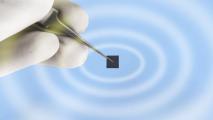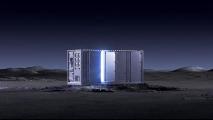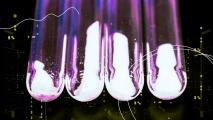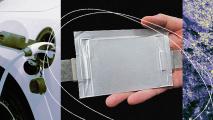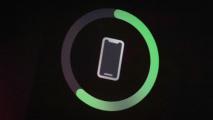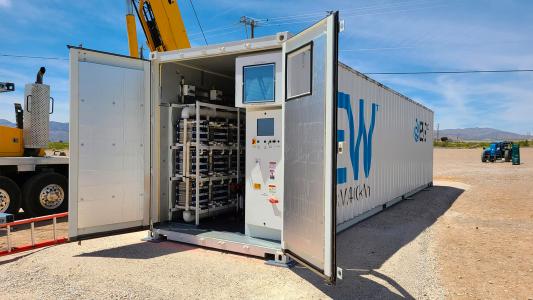A surprising connection between soap bubbles and lithium-metal batteries could get them out of the lab and into our cars, where they could dramatically increase driving range.
Lithium-metal batteries: Most of today’s EVs rely on lithium-ion batteries, the same kind found in your laptop or smartphone, but lithium-metal batteries could be a better option.
Both types of batteries have the same basic parts: a positively charged cathode, a negatively charged anode, a separator between the two, and a chemical electrolyte — this is the material that carries an electric current between the cathode and anode.
The difference is in the anode material: in a lithium-ion battery, it’s typically graphite, but in a lithium-metal battery, it’s lithium. This change, in theory, allows a battery to store 50% more energy without increasing its weight or size, and more energy storage means an extended range for your EV.
The electrolytes in today’s EV batteries don’t work well in lithium-metal batteries.
The challenge: Before we can start using lithium-metal batteries in EVs, though, we need to figure out a better electrolyte for them.
In lithium-ion batteries, it’s usually a combination of salt and a liquid that dissolves the salt (a “solvent”), but that kind of electrolyte doesn’t transport energy well in lithium-metal batteries. It can also cause the batteries to degrade and short circuit, leading to fires.
The mystery: Localized high-concentration electrolytes (LHCEs) are a promising alternative for lithium-metal batteries. These contain a higher concentration of salt in the solvent than traditional electrolytes, plus a diluent that makes it easier for current to flow through the material.
While this new type of electrolyte, which was developed by scientists at Idaho National Laboratory (INL) and Pacific Northwest National Laboratory, is showing promising results in the lab, no one is really sure why it works so well, which means they don’t know how to optimize it for use in a real-world battery.
What’s new? A team from Brown University and INL has now discovered that structures similar to the little bubbles in soapy water that bind to and trap dirt and germs (called “micelles”) also form within LCHEs.
“Here we see that the role of the soap or surfactant is played by the solvent that binds both the diluent and the salt, wrapping itself around the higher concentration salt in the center of the micelle,” said researcher Bin Li.
Using that information, they were able to determine what they believe would be the optimal ratio of the three ingredients in an LHCE.
“Now we have a theory, and we have guidelines to get interactions we want.”
Yue Qi
The big picture: It’s too soon to say whether lithium-metal batteries are the lithium-ion alternative we need to accelerate the transition to EVs — batteries with anodes made of silicon or manganese ferrite are showing promise, too, as are sodium-ion batteries and ones with solid electrolytes.
For now, the team from Brown and INL plans to use what they learned from the study to continue developing their electrolytes in the hope that they’ll lead to usable lithium-metal EV batteries in the future.
“Now we have a theory, and we have guidelines to get interactions we want from the salt, the solvent, and the diluent in the electrolyte, and what concentration they have to be at and how you mix them,” said researcher Yue Qi.
We’d love to hear from you! If you have a comment about this article or if you have a tip for a future Freethink story, please email us at [email protected].

